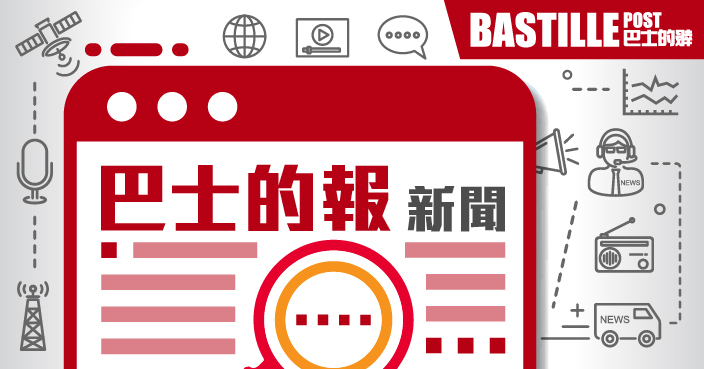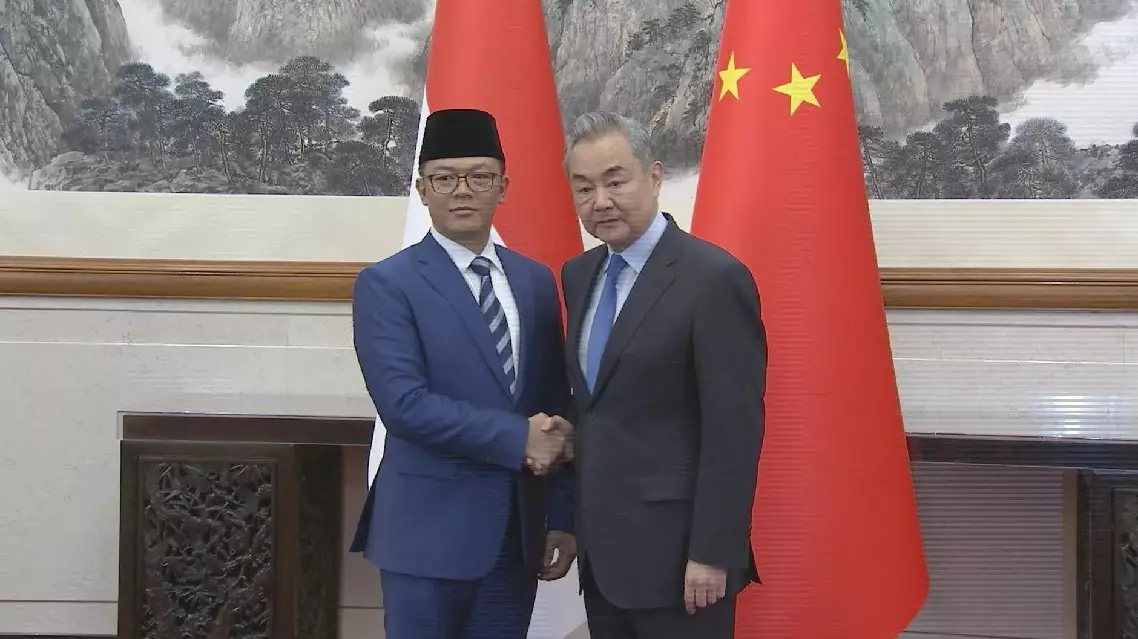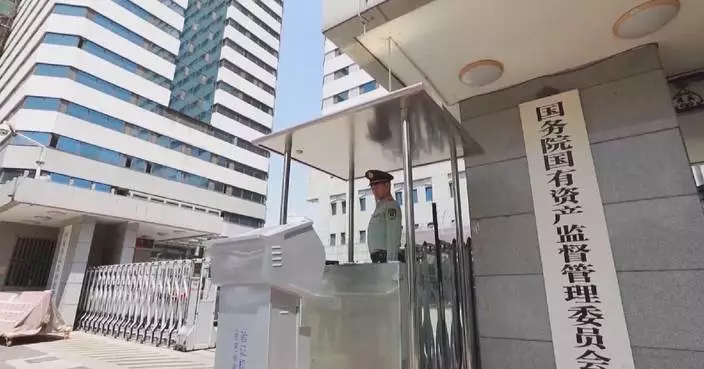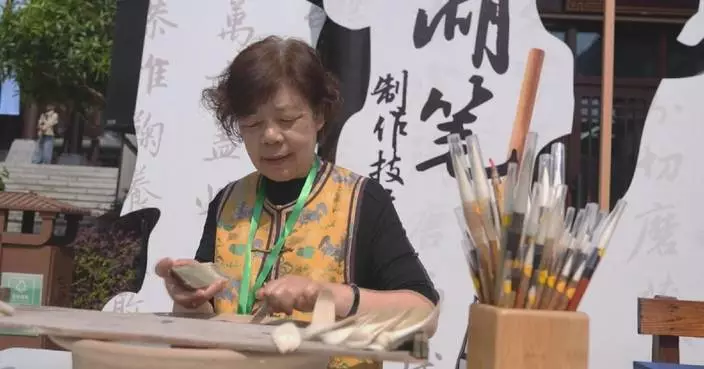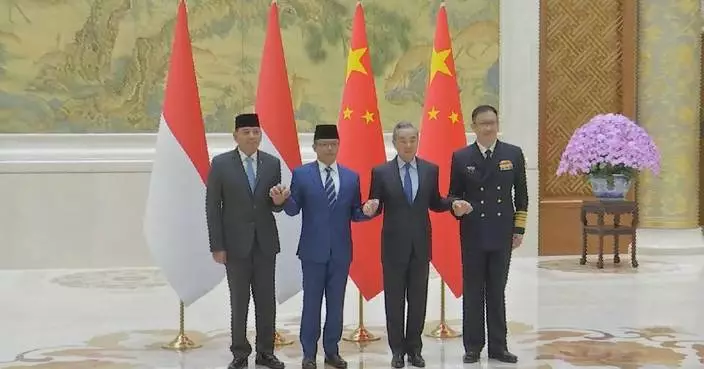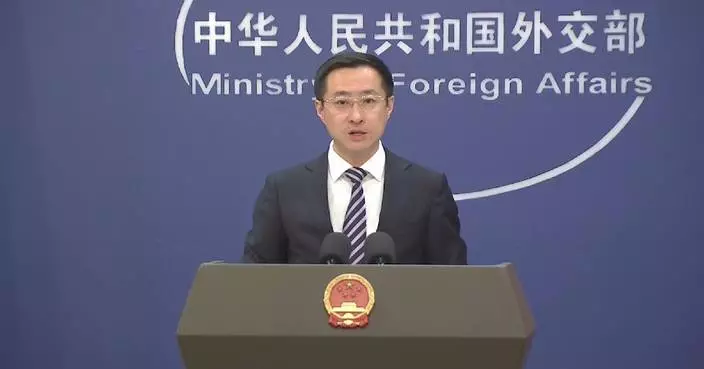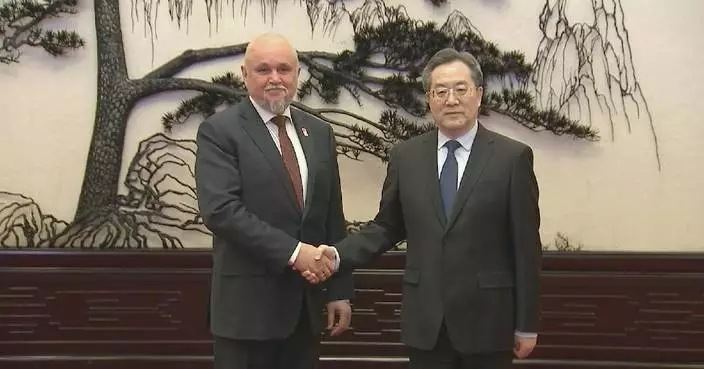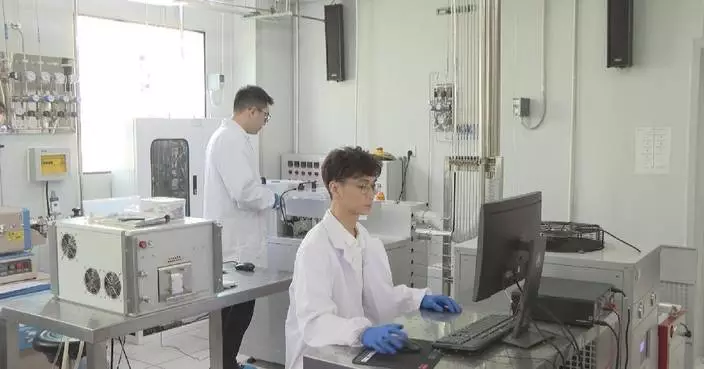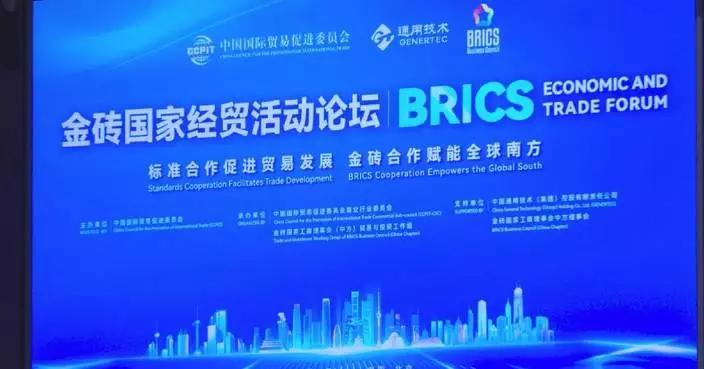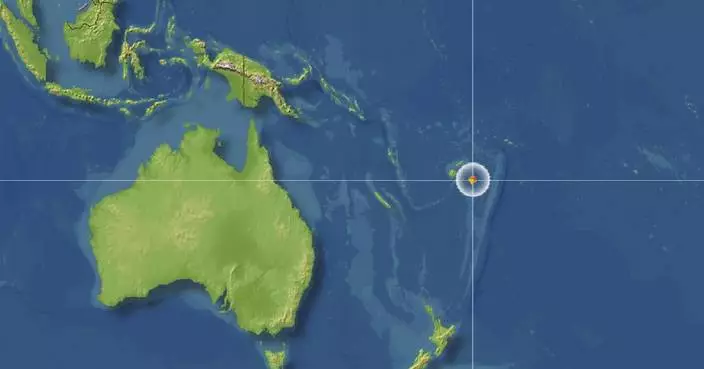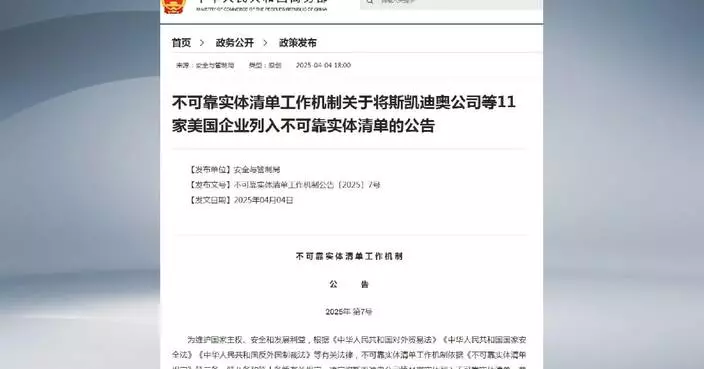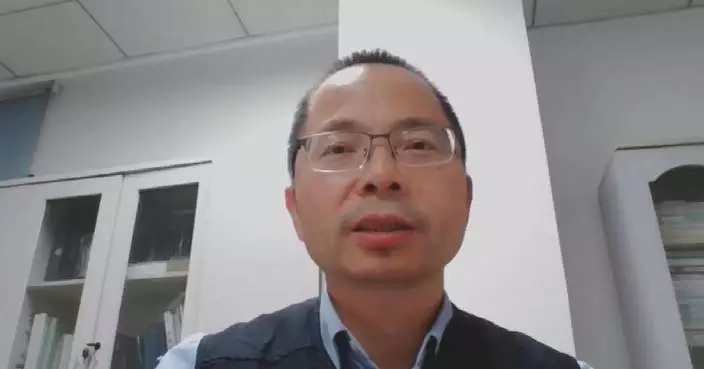Facing rising U.S. tariffs, Chinese exporters are turning to innovation, digital transformation, and new markets to stay competitive.
In Taizhou City, east China's Zhejiang Province, known as China's "plastic products hub", many manufacturers are feeling the heat from the U.S.' latest tariff policy, as around 30 percent of local plastic exports go to the U.S.
At a local factory specializing in Christmas toys and decorations, the general manager said that American orders totaled over 15 million U.S. dollars in 2024, accounting for more than 40 percent of the company's total exports.
"The tariffs will exert a major impact on our overall export. One solution is that we absorb the extra costs ourselves and offer discounts to U.S. buyers, which means we suppliers need to shoulder the burden," said Yu Longfei, general manager of a plastic products company in Taizhou.
Instead of slashing prices to stay afloat, Yu's company has chosen to innovate. They are now developing eco-friendly materials and integrating electronic chips into new multi-functional products that combine sound, light, and motion. The company is also planning to launch its own brand to gain stronger pricing power.
"Some of our products simply can't be replaced by Southeast Asian manufacturers at the moment. Through innovative design and development, we aim to lead the market," said Yu.
Elsewhere in Zhejiang, companies have already begun diversifying their export strategies. In Zhuji, one apparel manufacturer, whose American orders once made up 80 percent of its exports, has shifted focus to Europe. Since last year, the company has seen promising results, with sales to Europe now making up 36 percent of total exports.
"We've implemented digital upgrades in our production process, which has significantly boosted efficiency. Our orders are now more diversified and the market is becoming increasingly stable," said Sun Long, foreign trade manager at the Zhuji-based apparel firm.
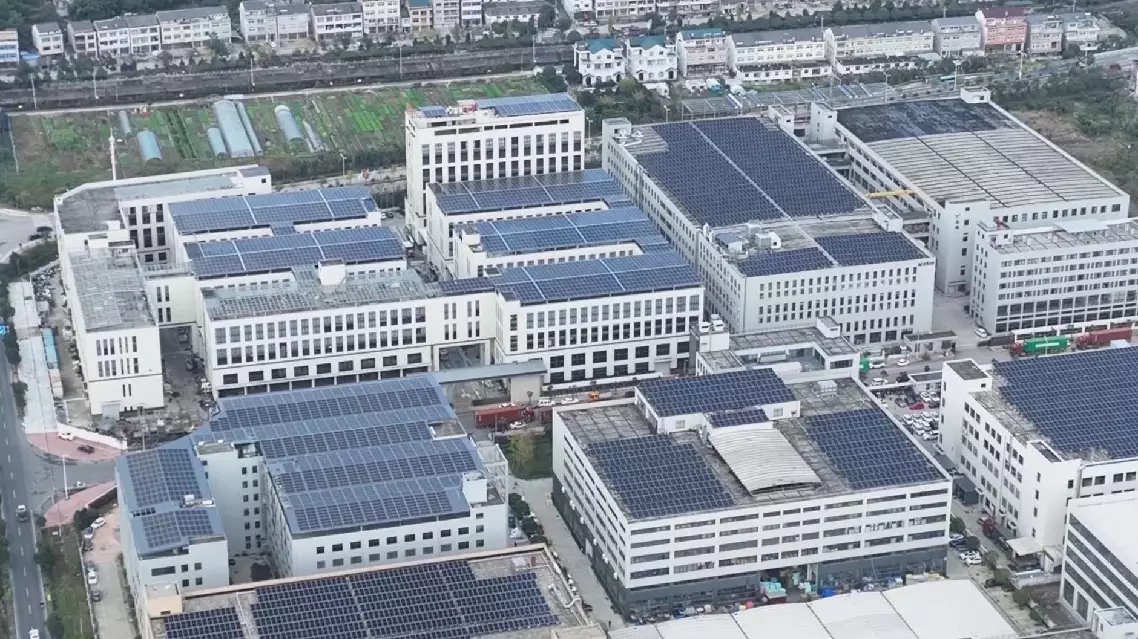
Chinese manufacturers pivot amid US tariff pressure
